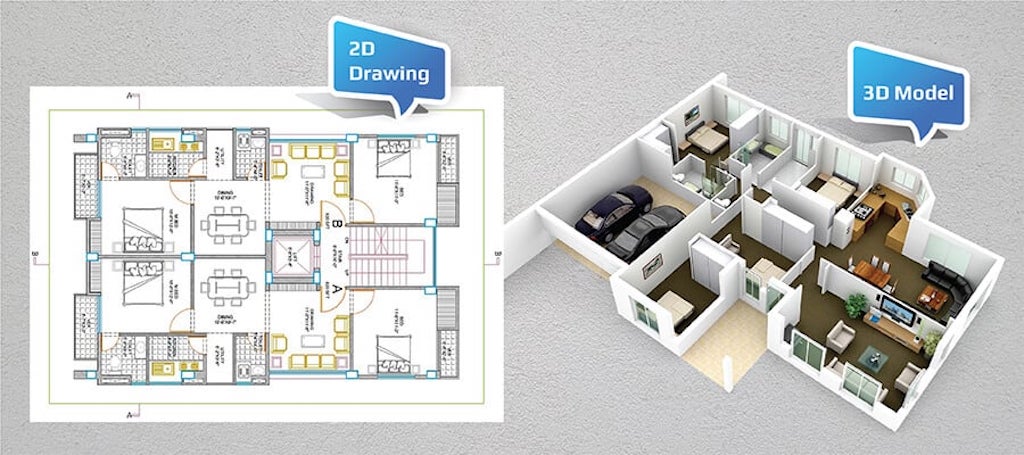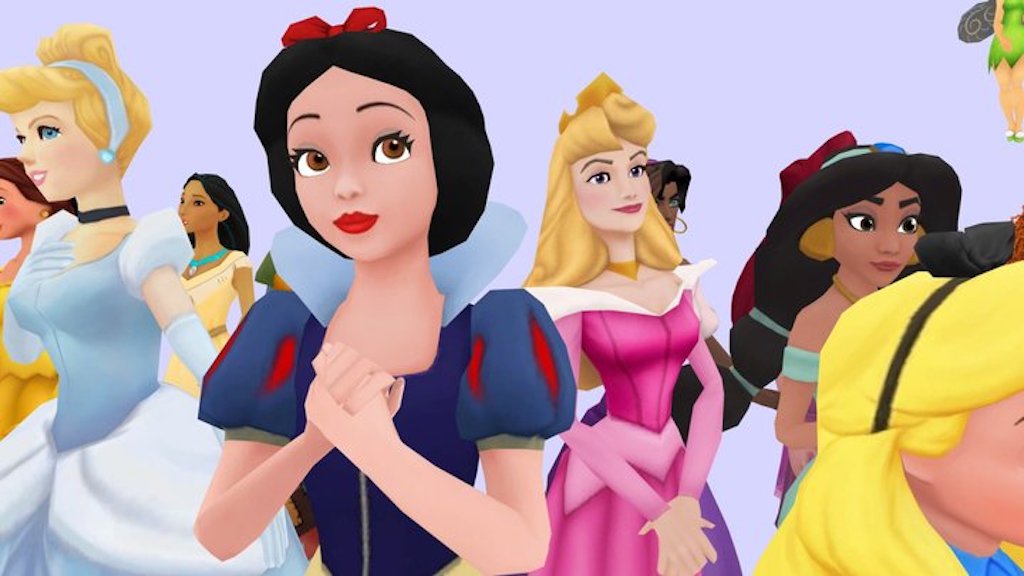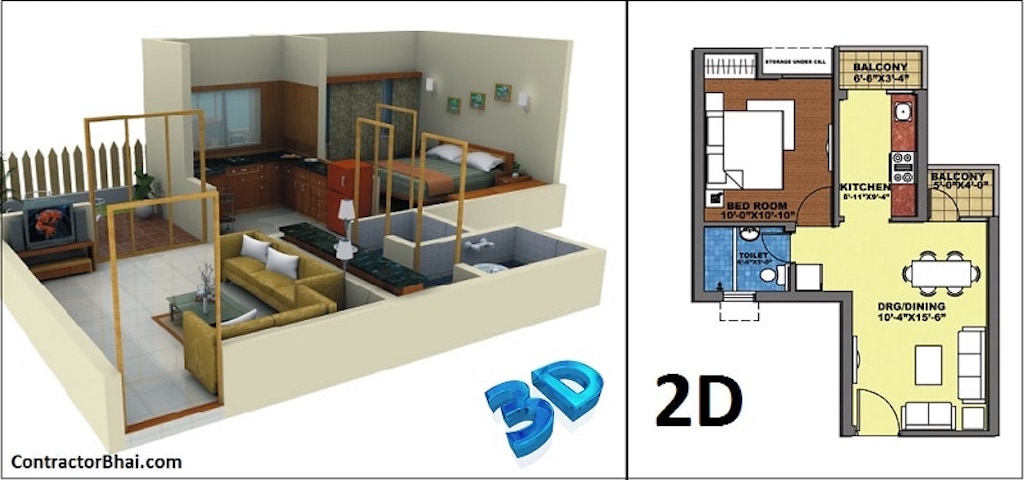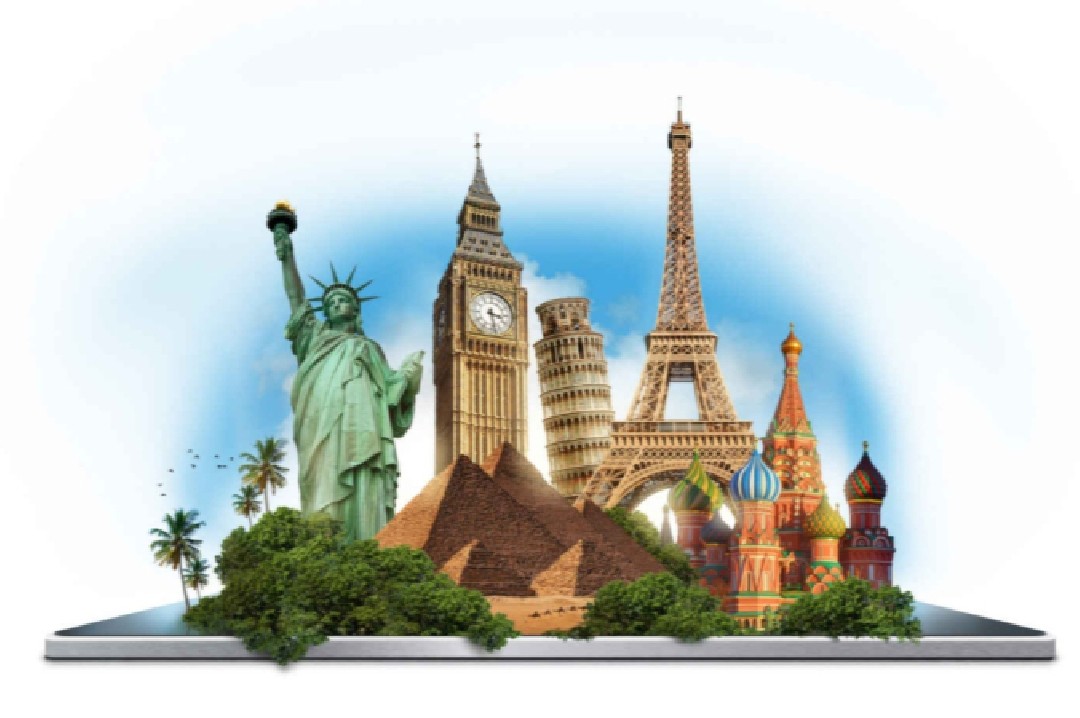Cara memilih animasi 2D atau 3D untuk proyekmu

Di dunia digital saat ini, animasi memainkan peran penting dalam menarik perhatian audiens.
Baik untuk pemasaran, pendidikan, atau hiburan, memilih gaya animasi yang tepat - 2D atau 3D - dapat berdampak signifikan pada keberhasilan proyek Anda.
Apakah Anda memilih 2D atau 3D?
Ini tidak hanya tentang tampilan.
Jenis animasi yang Anda pilih dapat benar-benar mengubah bagaimana orang melihat dan memahami pesan Anda.
Jadi, untuk memahaminya dengan lebih baik, mari kita bahas apa yang membuat animasi 2D dan 3D berbeda dan bagaimana memutuskan animasi mana yang akan bekerja paling baik untuk proyek Anda!
Memahami Animasi 2D dan 3D: Perbedaan Utama
 image source : hitechcaddservices.com
image source : hitechcaddservices.com
Ketika Anda memikirkan animasi 2D, ingatlah kartun-kartun lama. Ini menggunakan gambar datar dan mudah serta murah untuk dibuat. Ini membuatnya menjadi pilihan yang baik untuk bisnis yang menginginkan sesuatu yang sederhana namun menyenangkan.
Di sisi lain, animasi 3D mirip dengan yang Anda lihat dalam film animasi terbaru. Ini terlihat lebih nyata karena menambahkan kedalaman. Gaya ini bagus untuk membuat karakter dan tempat yang terlihat seperti kehidupan nyata. Namun, dibutuhkan lebih banyak waktu dan uang untuk melakukannya.
Jadi, saat memutuskan, pertimbangkan apa yang Anda butuhkan untuk proyek Anda dan apa yang dapat Anda bayar. Berikut adalah analisis perbandingan antara animasi 2D dan 3D.
-
Visual Appeal:
-
2D: Menawarkan tampilan klasik dengan garis yang kuat dan warna-warna yang mencolok.
-
3D: Memberikan tekstur realistis, efek pencahayaan, dan bayangan untuk penampilan yang lebih hidup.
-
Technical Complexity:
-
2D: Relatif lebih sederhana, melibatkan animasi frame-by-frame tradisional atau metode digital.
-
3D: Melibatkan proses-proses kompleks seperti pemodelan, rigging, dan rendering.
-
Character and Environment Design:
-
2D: Characters and environments are stylized and flat.
-
3D: Allows for fully rounded characters and environments with the ability to explore different angles and depths.
-
Animation Fluidity and Motion:
-
2D: Motion can be exaggerated for effect, but is generally more limited in terms of realism.
-
3D: Enables smooth, naturalistic movement and camera work, closely mimicking real-life physics.
-
Narrative Scope:
-
2D: Often used for storytelling that relies on artistic expression and symbolism.
-
3D: Suitable for narratives requiring immersive and detailed worlds.
-
Production Workflow:
-
2D: Involves sketching, inking, and coloring stages, often quicker to revise.
-
3D: Requires a longer pre-production phase, including complex modeling and texturing.
-
Skill Set Required:
-
2D: Demands traditional artistic skills like drawing and a good sense of timing and spacing.
-
3D: Requires knowledge of 3D software, spatial awareness, and understanding of mechanics and physics.
Hope this helps you see the differences between 2D and 3D animation better and help you pick the right one for your work.
Now, let's look at the things you should think about when choosing between them.
Factors to Consider When Choosing

image source : sketchfab.com
When you're standing at the crossroads of 2D and 3D animation for your project, it’s like choosing between a classic vanilla and a rich chocolate sundae.
Both are great, but which one's right for you? Let's break it down:
1. Budget: Your Financial Map
-
Cost Matters: 2D animation often costs less, making it a go-to for tighter budgets. It's like both can satisfy, but one's lighter on the wallet.
-
3D's Price Tag: 3D animation, with its depth and realism, often requires a heftier budget. It's more expensive but potentially more impactful.
2. Audience: Who Are You Talking To?
-
Kids and Cartoons: If your audience is younger or you're aiming for a playful, approachable style, 2D can be your best buddy. It's like using simple words to tell a fun story to a child.
-
Captivating the Crowd: For a more mature or technically-oriented audience, 3D can grab attention with its lifelike depth and detail. It’s like telling a gripping tale that keeps everyone on the edge of their seats.
3. Time: Tick Tock Goes the Clock
-
Quick and Quirky 2D: When time is of the essence, 2D can be quicker to produce. It is whipping up a quick, tasty sandwich instead of a slow-cooked stew.
-
3D Takes Its Time: 3D animation often takes longer to create. It's like preparing a complex dish that needs time to simmer to perfection.
4. Complexity: What's Your Story?
-
Simple Yet Powerful: 2D is great for conveying clear, straightforward messages. It’s like using a single, beautiful photograph to tell a story.
-
Rich and Detailed: 3D can capture complex scenarios with more depth and realism. Imagine using a detailed, immersive movie to narrate your tale.
5. Brand Image: Reflecting Your Identity
-
Align with Your Style: Does a playful and artistic 2D animation reflect your brand's personality, or does a sophisticated, cutting-edge 3D presentation align better with your image?

image source : contractorbhai.com
It's about choosing the outfit that best suits your style.
Remember, there's no one-size-fits-all answer here. Take a step back, weigh these factors, and you'll find the animation style that resonates best with your project's heart and soul.
In conclusion, choosing between 2D and 3D animation hinges on understanding your project's needs, and the right animation can significantly elevate your project.
Ready to make your choice or need more guidance? Reach out to us, and let's bring your vision to life with the perfect animation style!





